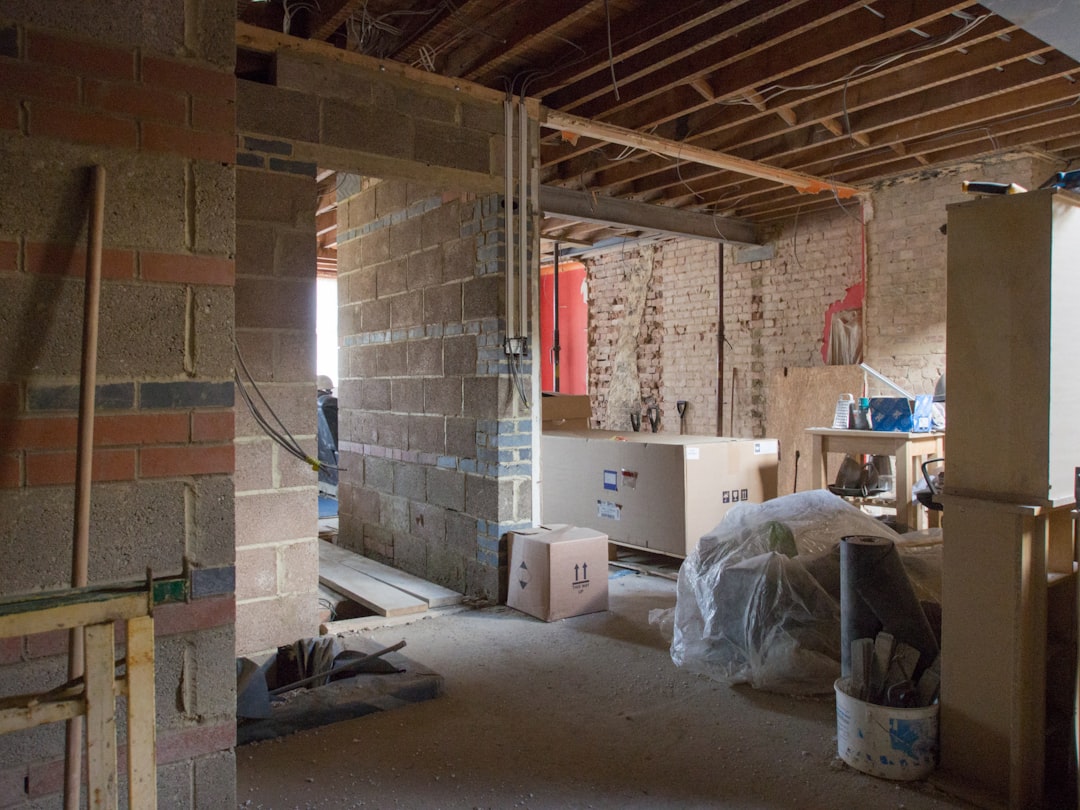Why Rochester Homes Need Premium Insulation
Rochester, NY, with its lake-effect winters and humid summers, presents unique challenges for residential energy efficiency. Proper insulation is crucial to manage heating costs, which can range from $1.90 to $4.60 per square foot depending on the material. Partnering with trusted home insulation contractors ensures lower utility bills, improved air quality, and enhanced comfort.
How CountBricks Transforms Insulation Projects
CountBricks leverages AI technology to streamline insulation projects. Our platform provides:
- Accurate material takeoffs for various insulation types
- Task-level labor hours based on local wage data
- Real-time supplier pricing
- Customized homeowner quotes
Explore our full range of services at CountBricks.com.
Understanding Your Insulation Options
Fiberglass Batts
- Cost-effective and widely available
- Ideal for open wall studs and attics
- Requires precise fitting to prevent thermal bridging
Blown-In Cellulose
- Made from recycled materials
- Effective for existing walls
- Excellent soundproofing
Closed-Cell Spray Foam
- High R-value per inch
- Acts as an air and vapor barrier
- Enhances structural strength
Mineral Wool
- Non-combustible
- Water-resistant
- Ideal for fire-rated assemblies
The CountBricks Five-Step Insulation Process
- Voice-Activated Intake
- Instant Estimate
- Field Verification
- Professional Installation
- Post-Project Audit
Local Rebates & Code Compliance Made Easy
Take advantage of Monroe County's incentives and NYSERDA rebates, potentially offsetting up to 40% of your costs. CountBricks ensures compliance with the latest energy codes.
Cost Breakdown for Rochester Homeowners
Our extensive database reveals typical costs:
- Fiberglass attic top-off: $1.90–$2.35 per sq ft
- Dense-pack cellulose walls: $2.85–$3.40 per sq ft
- Closed-cell spray foam rim joist: $3.95–$4.60 per linear foot
- Mineral wool fire-rated assemblies: $3.10–$3.65 per sq ft
These include labor, disposal, and a workmanship warranty. Get a detailed estimate at CountBricks.com.
CountBricks Case Study: Park Avenue Bungalow
A 1920s bungalow reduced its heating bill by 38% after a CountBricks retrofit, achieving a payback period of 4.6 years.
Pro Tips for Rochester Contractors Leveraging CountBricks
- Speak naturally during voice intake
- Tag rooms with current R-values
- Upload site photos for better analysis
- Use scheduling tools for efficient material delivery
- Export estimates to accounting software easily
Frequently Asked Questions
How long does a typical attic insulation job take?
Most attics under 1,200 sq ft are completed in a day.
Will spray foam void my roof shingle warranty?
CountBricks installs foam with proper ventilation to meet manufacturer requirements.
Can I finance my insulation project?
Yes, with local green-energy lenders offering 0% introductory APR for 12 months.
Ready to Upgrade Your Comfort?
Whether you're a homeowner or contractor, CountBricks offers the solutions you need. Book a virtual walkthrough at CountBricks.com.
Deep Dive: Moisture Management in Rochester Insulation Projects
With Rochester's average snowfall, effective vapor control is essential. CountBricks provides tailored solutions for moisture management.
Key Moisture-Control Practices
- Class I Vapor Barrier for humid basements
- Smart Membranes for mixed climates
- Vent Channels for cathedral ceilings
CountBricks Monitoring Technology
- Embedded Sensors for real-time alerts
- Predictive Analytics for proactive risk management
Success Story: Irondequoit Lakefront Remodel
A lakefront renovation achieved optimal humidity levels and eliminated window condensation.
Next Steps
Protect your investment and maximize savings. Explore our specifications at CountBricks.com.

